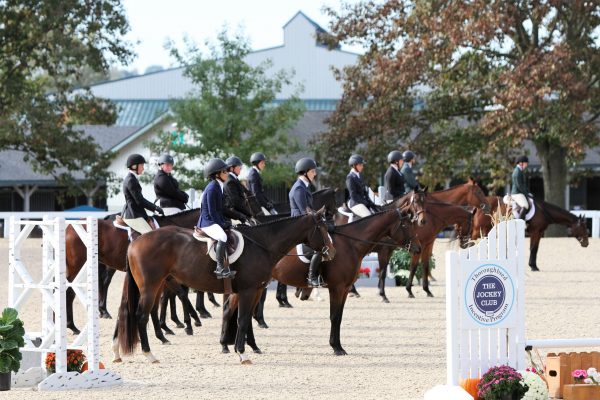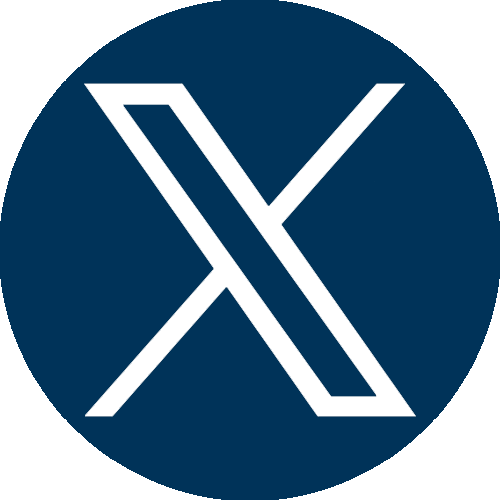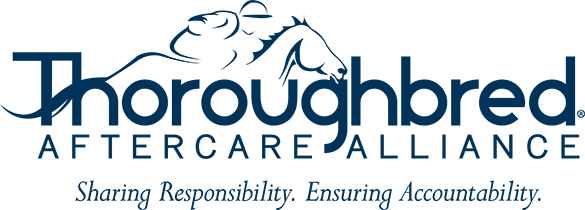By: Erin Shea
Not every horse is destined to be a champion or a graded stakes winner. Or even a winner at all. But every horse that doesn’t leave the racetrack for the breeding shed deserves the opportunity for another life and career off the track.
The first, and crucial, step toward a successful, responsible post-racing retirement for a horse is finding the right place for the horse to land off the track, which can be tricky for those connections that do not know how to navigate the waters of aftercare. And that’s where triage programs working together with TAA-accredited organizations come in.
While they vary by location and jurisdiction, triage programs facilitate the movement of horses off the track and into TAA-accredited aftercare organizations, lay-up facilities, and other homes.
Keys to success
Triage programs across the country operate differently depending on the jurisdiction they serve, but they were all created out of a need from their racing communities. To truly be a success, a triage Thoroughbred aftercare program has to have buy in from various members of their local industry.
“Ultimately, the Maryland racing industry wants a functional and successful program,” Beyond the Wire program administrator Jessica Hammond said. “[Maryland’s triage program] Beyond the Wire really benefits from the support of the Maryland Thoroughbred Horsemen’s Association, the Maryland Jockey Club, and the Maryland Horse Breeders Association, both financially and professionally.
“The racing community has definitely been appreciative of the program, which is an industry-wide initiative. Most owners and trainers prioritize a safe retirement for their horses, and I think there is already a great amount of confidence in our program in that regard.”
In addition to industry buy-in, growing slowly and building a strong foundation can help ensure a bright future for an organization and make sure business practices are up to par.
The TAA ensures that accredited organizations are solid financially through the accreditation process, which examines five key areas, including a deep dive into operations and governance.
“It took us a year to get confident and comfortable to have any kind of string going with these horses,” said Madeline Auerbach, founder of the California Retirement Management Account (CARMA).
“There are so many things that you can do wrong. For example, we don’t have horses going out and coming back. We like to put the money and to spend the money at the beginning of the program to make sure the horses are healthy and are going into a situation that is tailored for that particular horse. So after a couple of hundred horses working through the program, we are now picking up momentum and we are now placing 8 to 10 horses a month.”
It’s a business, not a charity
While on the surface it seems like a straightforward process of establishing a triage system, it’s not that simple. Each racetrack and racing jurisdiction have a different set of rules and funding sources to navigate. Those who have successfully done so say that it is absolutely necessary to work with a strong business mentality.
“I think that any organization that is starting, whether it’s an adoption organization or one that’s a permanent sanctuary, I think the most important thing is continuous funding,” CARMA executive director Lucinda Mandella said.
“Even though it’s charitable in nature, it’s still a business. The [CARMA] placement program is a substantial program, it has a substantial budget. What is important is that we have income for the program. You need to have a strategic plan in place to generate income, and that may look very different in the region that you’re in and the track or racing association that you’re affiliated with.”
Caring for a string of horses isn’t an easy or inexpensive endeavor. Add on the potential rehabilitations needed and time off for lay-ups, before any thoughts of second careers can begin, is why it’s necessary to secure continuous and sustainable funding. Even without rehab time, it takes time, money, and effort to safely move horses off the racetrack and into aftercare facilities.
Not only are strong policies and procedures necessities for a Thoroughbred aftercare nonprofit, but also the aftercare of horses is an important piece to incorporate into the business plans of owners and trainers.
“I think the one message many of us involved in aftercare programs want to highlight over and over is the idea that aftercare is not a last resort, it should be part of every owner and every trainer’s business plan,” New York Thoroughbred Horsemen’s Association executive director Andy Belfiore said. NYTHA’s triage program is TAKE THE LEAD.
“It is a benefit to all concerned to know when it is the right time to retire a horse,” Belfiore said. “Trying for one last race is generally a losing proposition–the horse is not going to perform to the best of its ability, so the added cost of keeping the horse in training is not going to be recouped.”
The importance of accreditation
New York’s TAKE THE LEAD and Maryland’s Beyond the Wire work exclusively with TAA-accredited facilities, while CARMA works with a large number of TAA-accredited organizations, as well as with individuals and other equine professionals.
Working with organizations that are accredited adds a layer of security and saves triage programs’ time and effort of evaluating aftercare nonprofits.
“We feel it is vital to work with TAA-accredited organizations because we have every confidence that our horses are going to excellent homes,” Belfiore said. “We know how rigorous the accreditation process is, and we could not possibly do that level of vetting on our own. If an organization passes TAA muster, they are very good at what they do. There is also a great paper trail and a built-in safety net when you work with TAA-accredited programs–you don’t have to worry about horses falling through the cracks.”
The fact that TAA accreditation looks at five key areas of an aftercare organization–operations, education, horse health care management, facility standards and services, and adoption policies and protocols–and that accreditation requires programs to follow up with the TAA, gives triage programs confidence that these accredited aftercare nonprofits are taking proper care of horses and managing their financials well.
“Working with TAA-accredited facilities gives us reassurance that we are sending our horses to places that offer the highest standards of care,” Beyond the Wire’s Hammond said.
“We also can be assured that accredited programs are skilled in the handling and retraining of Thoroughbreds, have decent facilities, and are financially responsible with the donations and grants they are given,” she said. “TAA does all of the legwork by evaluating facilities in person and requiring those programs to successfully complete a rigorous application process. They even require programs to be re-accredited at regular intervals.
“Lastly, all of our facilities will also take a horse back at any time for any reason–that type of safety net is invaluable to us and our horses.”
Along with TAA-accredited organizations, racetrack triage programs are designed to help our equine athletes find a new life off the track. You never know if your former runner could become a star show horse or brave trail companion once he’s given another chance at something new.
The article was originally printed in the 2019 TAA Magazine produced by the Daily Racing Form. Click here to view the magazine.
Photo: Suzie Picou Oldham















